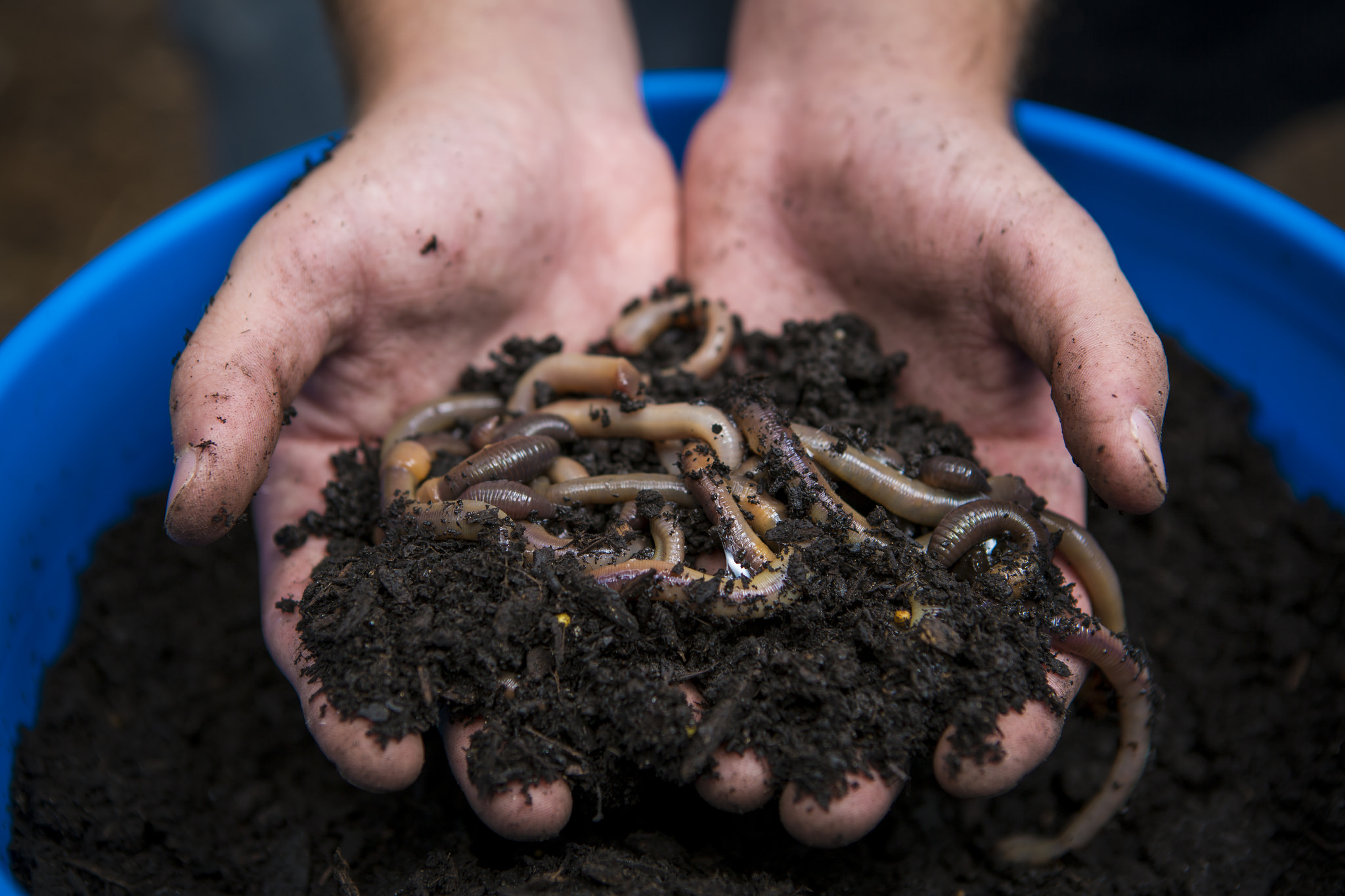How The Earthworm Came to America
Earthworms are often thought to be the sign of a robust garden. Professional farmers and amateur gardeners alike regularly called upon them to create nutrient-rich compost, and their casings have an almost cult-like following. Earthworms are like tiny garden miracle workers, plowing the soil so that air and water can reach plants’ roots and breaking down dead matter so plants stay well-fed. In the past few years, however, research has surfaced that raises doubts about earthworms’ reputation as shining garden-heroes, bringing along with it questions about whether they even really belong in America at all.
The story of earthworms begins many hundreds of millions of years ago, when the continents were still a united mass known as Pangaea. As the continents drifted, earthworms adapted to their various environments, evolving into different species with different functions and purposes. Then, in Northern America 10,000 years ago, glaciers wiped out all the native species above the glacial boundary (which runs through central New Jersey, Ohio, and out to the West).
These areas remained worm-free until the 1600s, when British colonists at Jamestown brought European earthworms with them to the New World. Since then, these non-native earthworms have overtaken large swaths of previous uninhabited areas, and have muscled out most native species south of the glacial boundary, where farming and logging have left disturbed soil more hospitable to invaders.
In the forests of New England, the introduction of earthworms has been particularly devastating. Prior to the influx, leaf buildup along the forest floor protected against erosion and created a habitat for various creatures like salamanders and beetles. Earthworms, however, break down the leaves, not only removing the protective layer but making nutrients too readily available in the soil, which in turn favors certain species over others, and upsets carefully-balanced forest ecosystems.
By now, earthworms are well-settled in America– and as with any invasive species, it’s nearly impossible to eradicate them once they’re comfortably installed.
Even in the average backyard, earthworms can be destructive. In an interview with NPR, Peter Groffman, a senior scientist at the Institute of Ecosystem Studies in Millbrook, NY, observed: “Sometimes we might find actually more water-quality problems in gardens or in agricultural systems because earthworms are accelerating the way water and nutrients move through the system.”
By now, earthworms are well settled in America– and as with any invasive species, it’s nearly impossible to eradicate them once they’re comfortably installed. So what can you do to help quell their spread? First and foremost is adopting a more critical approach to earthworms– there’s a tendency to hail them as ‘garden saviors’ and not to question what their impact might be on larger ecosystems. Instead, consider composting without the help of worms, either indoor or outdoor. Oftentimes, outdoor compost will end up with worms in it, but there’s no need to introduce additional worms to the environment. Plants in North America have thrived for many thousands of years without the help of earthworms, and with any luck, they’ll continue to thrive for many thousands more.



































